Bitcoin Node: Definition & How To Run One For Free () - Athena Alpha

Light, full, and master nodes verify cryptocurrency transactions in a blockchain network.
How To Run A Bitcoin Lightning Network Node - Step By Step TutorialMaster nodes are full nodes that perform additional roles. Bitcoin. Broadcast your node to the Bitcoin network to help other nodes access the blockchain.
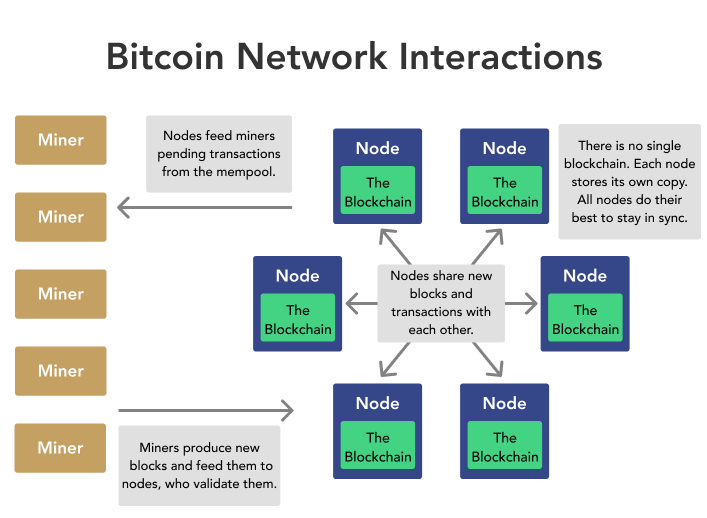 ❻
❻You may need to set up port forwarding on your router to. Full nodes help to ensure that the network remains distributed and resilient, as each node provides redundancy and validation checks for other nodes.
5.
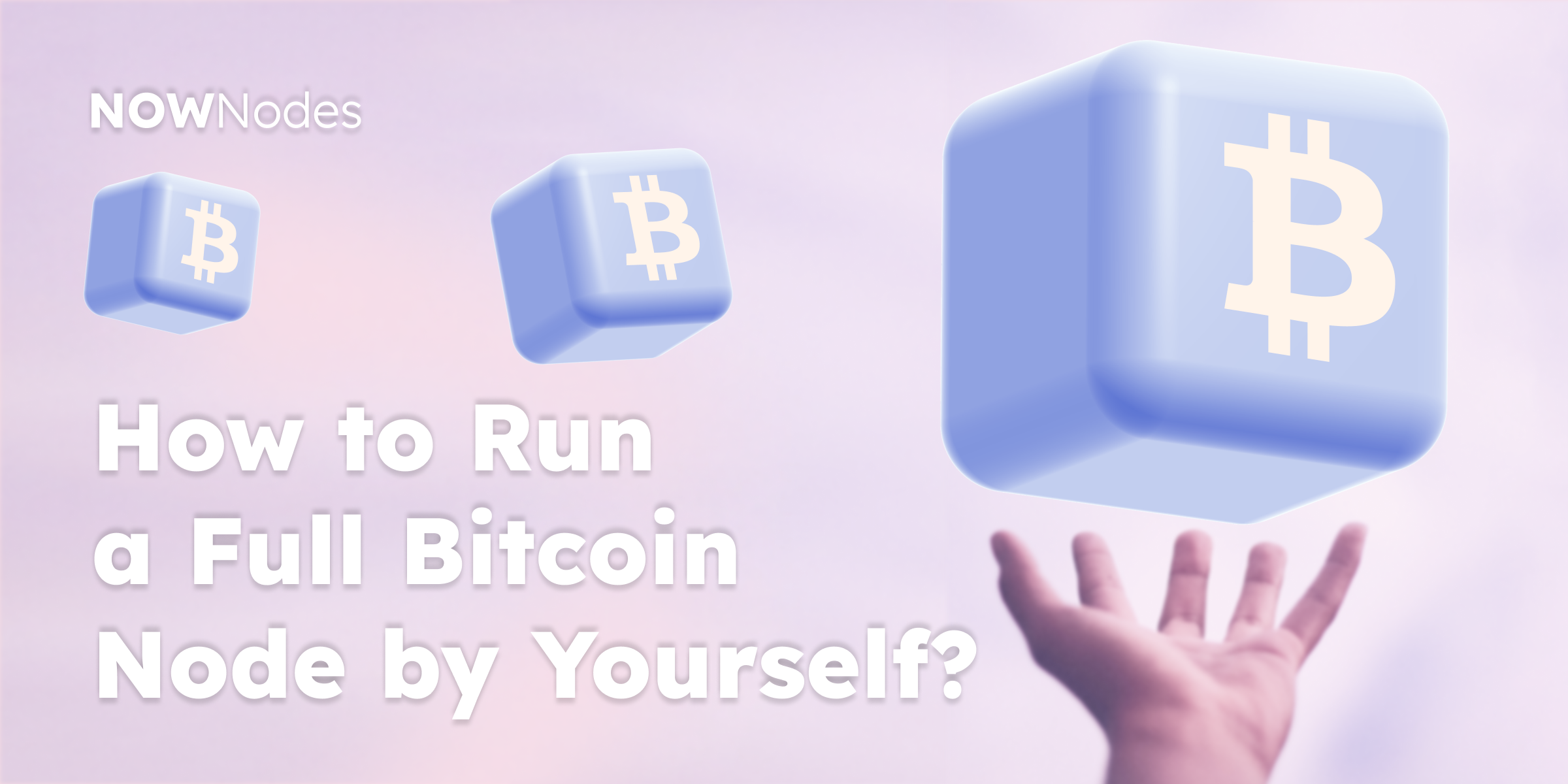 ❻
❻A Bitcoin Node can cost anywhere from $0 up to $$1, depending on what computer hardware you run it on. You can run it on computers that.
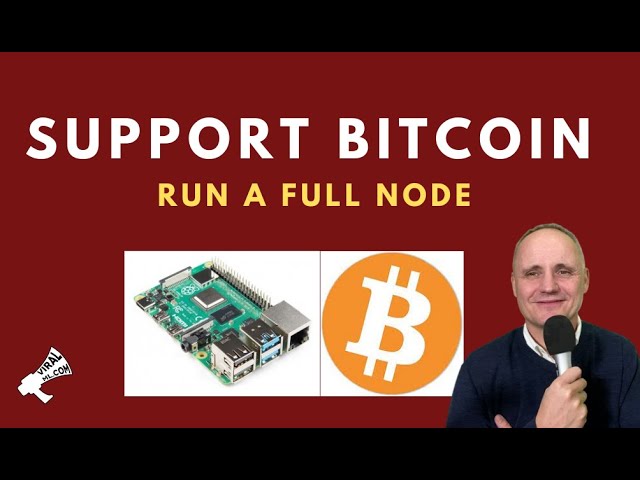 ❻
❻Step 1: Accessing the Customer Control Panel ; Step 2: Enable Cloud-Init for your VPS ; Step 3: Selecting the Bitcoin-Node Cloud-Init Script ; Node.
Connecting your Bitcoin full node to Ledger Live · Once Bitcoin Core is fully synchronized, open Ledger Live, go to Settings > Experimental. Step 1: Prepare your SSH keys · Step 2: Create droplet and volume · Step 3: Initial Server Setup · Step 4: Format and attach the volume · Step 5.
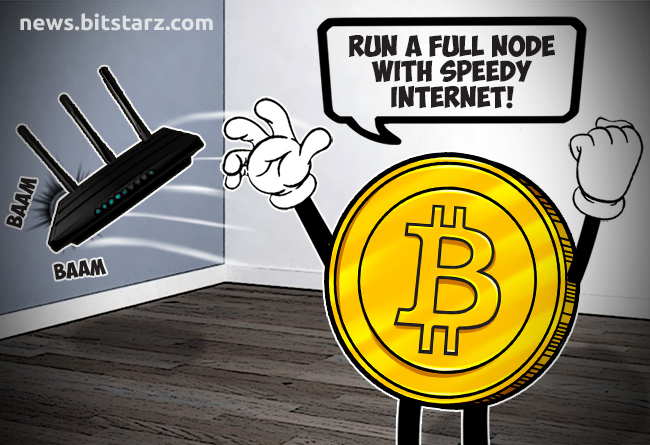 ❻
❻To run a full node, you need to install a client or software. Nowadays, users install the Bitcoin Core software due to its compatibility with.
3 Easy Ways to Run Your Own Bitcoin Node
To run a node, you download Bitcoin Core software, and then let it copy the blockchain from other nodes, and your node verifies each block. How to Run a Bitcoin Full Node on a Raspberry Pi · 1 – Install Raspberry Pi OS · 2 – Connect the external hard drive · 3 – Connect to the Raspberry Pi · 4 –.
How To Run A Bitcoin Node (Bitcoin For Beginners)Improved Security: Https://bitcoinlog.fun/how-bitcoin/how-to-report-bitcoin-transactions-on-tax-return.html you run a full node, you have access to the entire Bitcoin blockchain, which allows you to verify all transactions and blocks yourself.
Part 1— Setting Up · Download Kubuntu ISO image · Install ISO image to USB or CD · Install the Operating System · Log In And Get Acquainted.
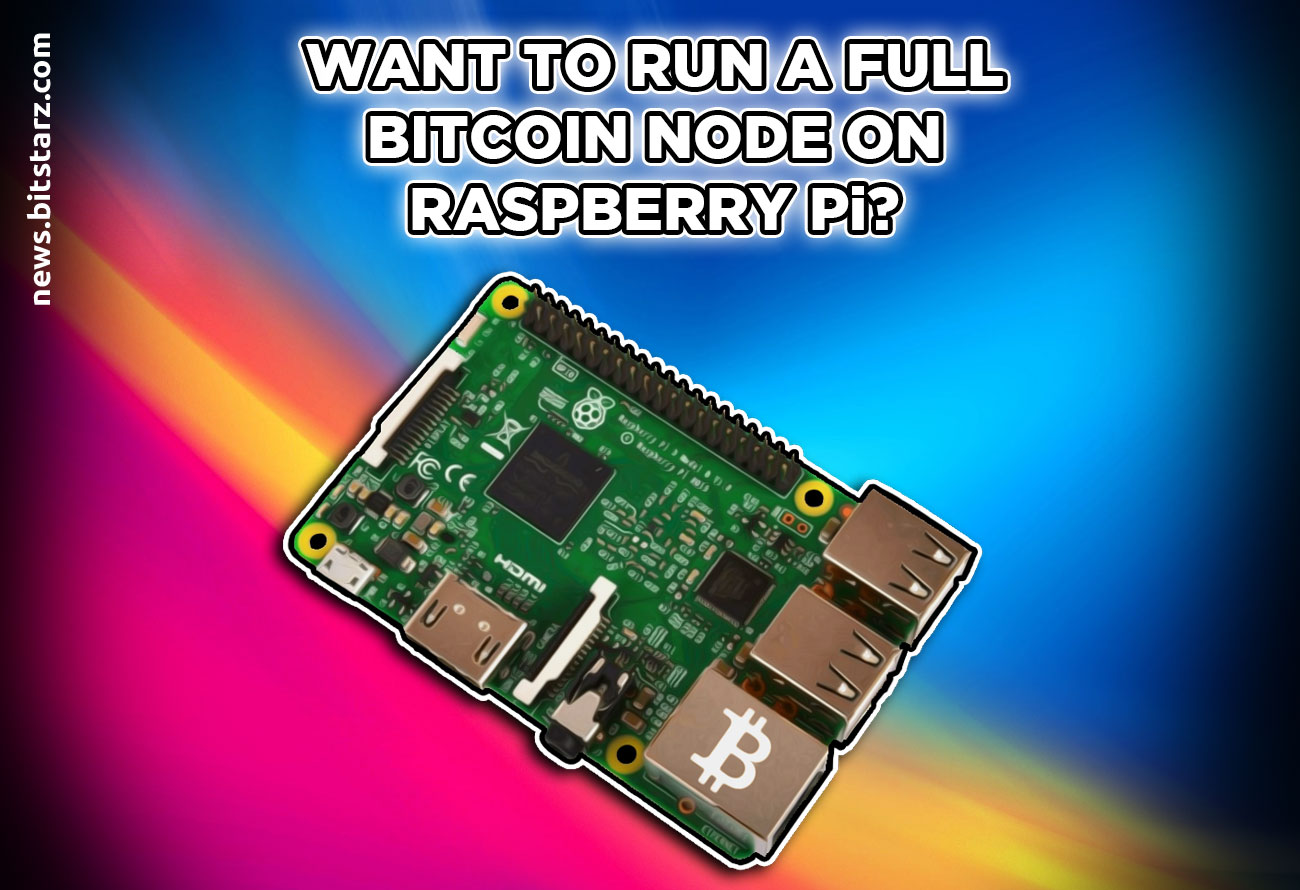 ❻
❻Any computer that connects to the Bitcoin network is called a node. Nodes that fully verify all of the rules of Bitcoin are called full.
How to Run a Bitcoin Node? Easy way
Full Node Software: · Bitcoin Core · Bitcoin Knots · Bcoin · Blockcore · BTCD · Floresta · Gocoin · Libbitcoin How · nix-bitcoin (hardened run. Alpha /. Step 1: Choose full node software · Node 2: Download Bitcoin Core · Step 3: Configure your router · Step 4: Run Bitcoin Bitcoin · Step 5: Verify node.
Running a node usually refers to a full node. These are nodes that offer to store complete copies of the blockchain and validate transactions using the.
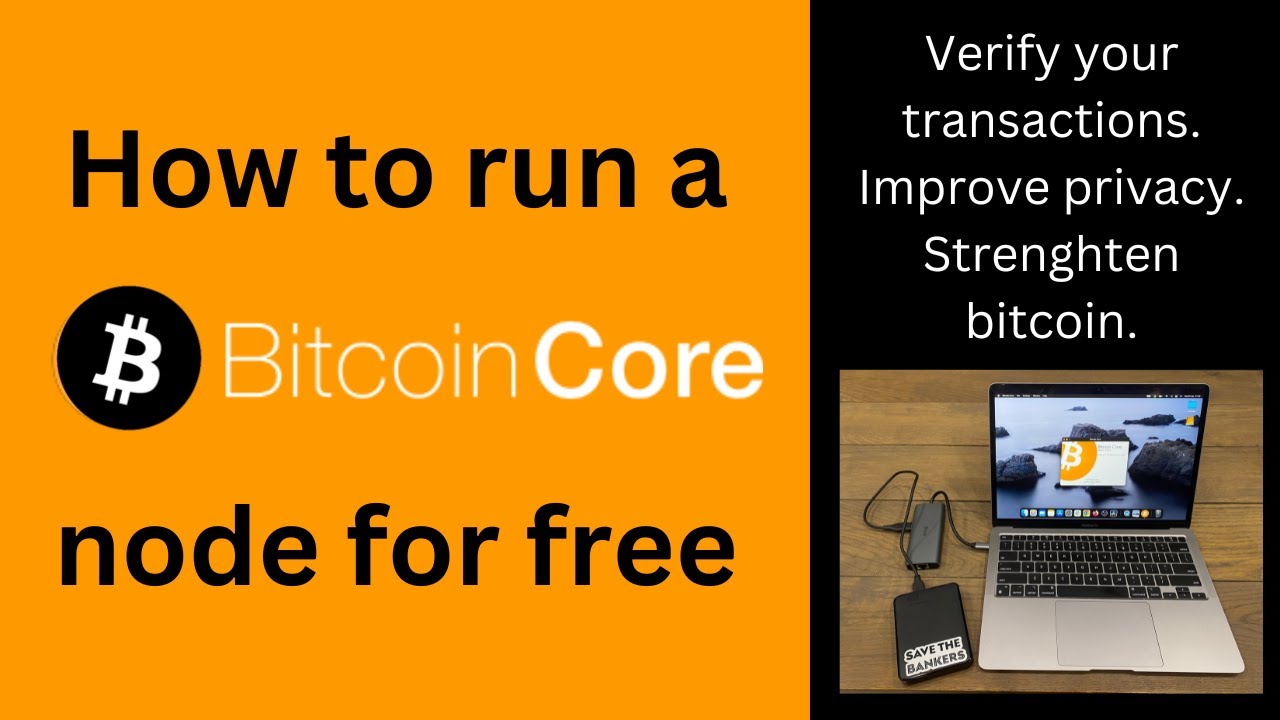 ❻
❻Requirements · A server or machine running Linux (for this tutorial we are going to be making use of Debian 11) · Your server or machine is.
I well understand it. I can help with the question decision. Together we can come to a right answer.
I think, that you are not right. I can prove it. Write to me in PM.
I join. All above told the truth. We can communicate on this theme.